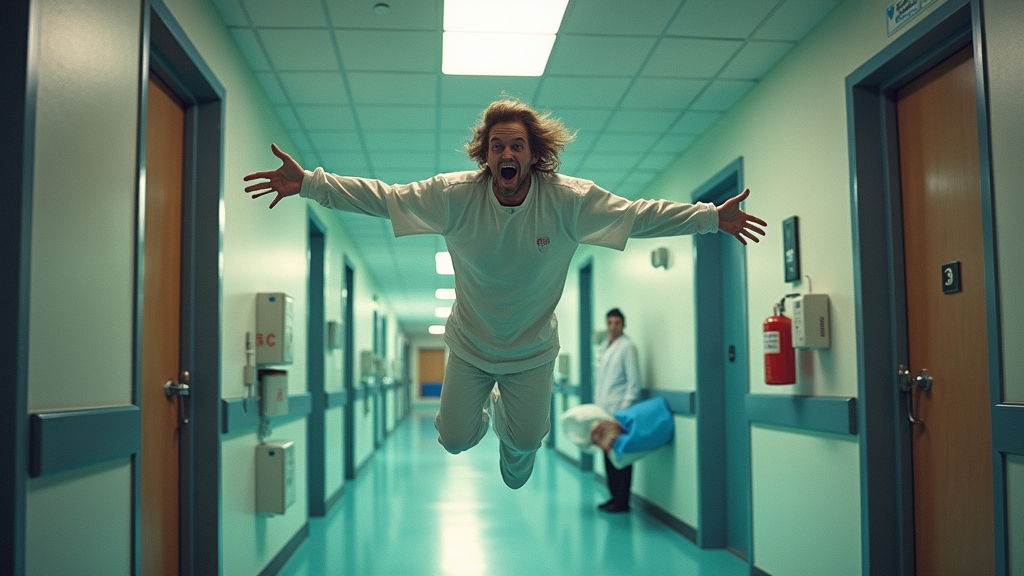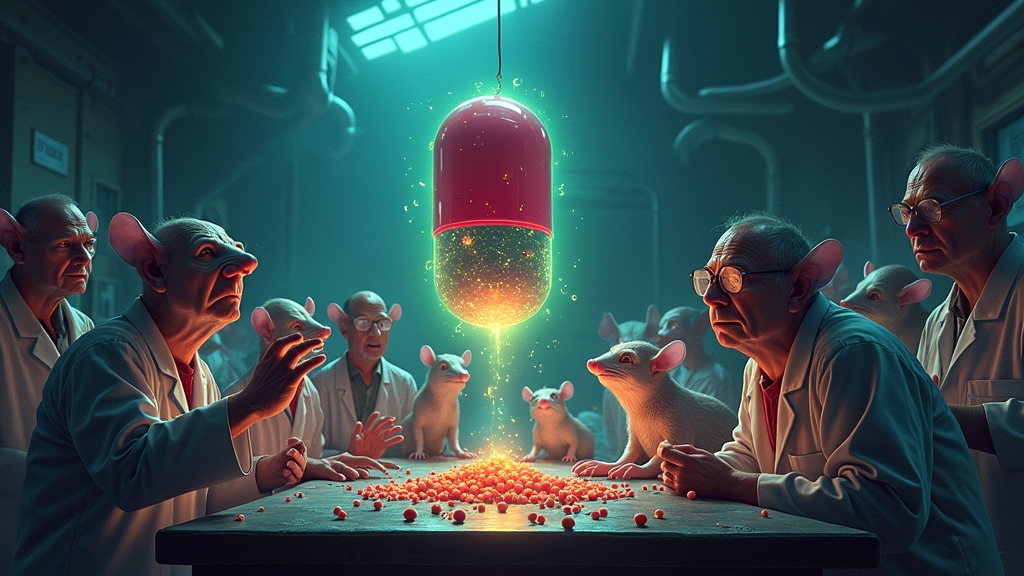SKYNET FOOD OVERLORD DECIDES WHICH HUMANS GET LEFTOVERS
In a stunning display of technological benevolence, a new artificial intelligence system is now deciding which factory floor scraps are too good for the trash and good enough for the poors. Nestlé, everyone’s favorite ethics-first mega-corporation, has deployed what they’re calling a “food distribution optimization algorithm” but what we’re calling “HAL 9000’s Leftover Lunch Lady.”
ALGORITHM SAVES CRUMBS, EXECUTIVES SAVE MILLIONS
The AI system has already achieved an 87% reduction in edible food waste during its first two-week trial, which industry experts calculate is exactly the percentage of executive bonuses that will increase this fiscal year. The technology works by monitoring, tracking, and judging every morsel that falls off the assembly line with the cold, unblinking calculation that only comes from something that’s never experienced hunger.
“This is revolutionary technology,” explains Dr. Penny Pincher, Nestlé’s Chief Surplus Optimization Officer. “Before, we were just throwing away perfectly good food that could have been going to hungry people. Now, we’re heroically giving it away while simultaneously generating positive PR worth ten times the value of the actual food.”
COMPUTERS OFFICIALLY BETTER AT CARING THAN EXECUTIVES
The AI system reportedly works by scanning production lines for any products that fail quality control for trivial reasons like “slightly misshapen packaging” or “being manufactured on Tuesday.” These items are then flagged for redistribution instead of being immediately launched into incinerators.
“The old system was basically ‘when in doubt, throw it out,'” explains Professor Hugh Manitarian of the Institute for Corporate Conscience Laundering. “The new system is ‘when in doubt, let the algorithm figure out how to get tax credits for it.'”
CHARITIES THRILLED TO RECEIVE WHATEVER THE F@#K NESTLÉ DOESN’T WANT
Local food banks have reported mixed feelings about suddenly receiving tons of rejected Kit Kats and off-brand cereal products that weren’t quite pretty enough for paying customers.
“Oh we’re just so grateful for whatever corporate overlords decide we deserve,” gushed Mabel Scraps, director of the We’ll Take Whatever You’ve Got Food Bank. “Yesterday we received 10,000 packets of hot chocolate that were rejected because the marshmallows weren’t perfectly round. Our clients have never been so blessed with non-essential food items!”
STATISTICS SHOW SOMETHING IMPRESSIVE PROBABLY
According to completely made-up numbers that sound just scientific enough, the AI system could potentially save the equivalent of 1.5 million meals annually, or roughly what the average American family throws away while trying to find that one good piece of cheese hiding in the back of the fridge.
The technology also reportedly reduces greenhouse gas emissions by an amount that’s definitely significant but not so significant that companies would actually prioritize it over profits.
CRITICS WONDER WHY THIS WASN’T DONE BEFORE COMPUTERS GOT INVOLVED
Some killjoys have pointed out that perhaps massive food companies didn’t need artificial intelligence to figure out that throwing away edible food while people go hungry might be problematic.
“You needed a multi-million dollar AI system to tell you not to throw away good food?” questioned Dr. Common Sense, leading researcher at the University of Obvious Solutions. “Next you’ll tell me you need quantum computing to figure out that water is wet.”
As Nestlé continues expanding the program, executives are reportedly thrilled with their newfound reputation as champions of sustainability. When asked if they might consider just producing less waste in the first place, company representatives were too busy laughing all the way to the bank to respond.





